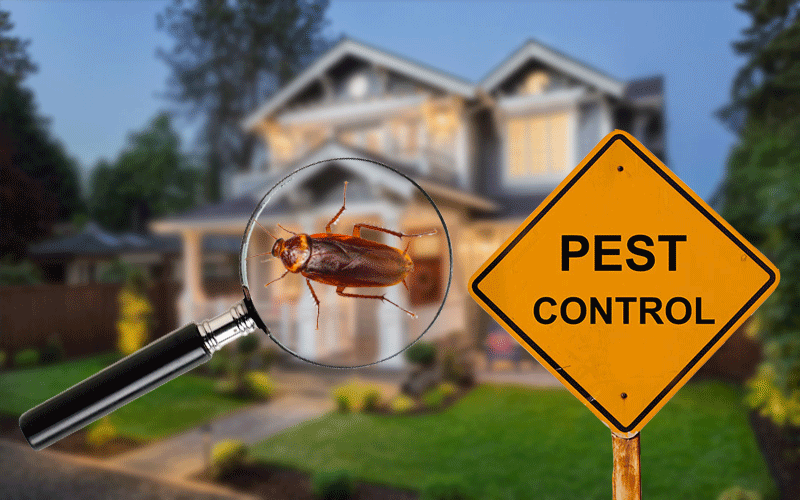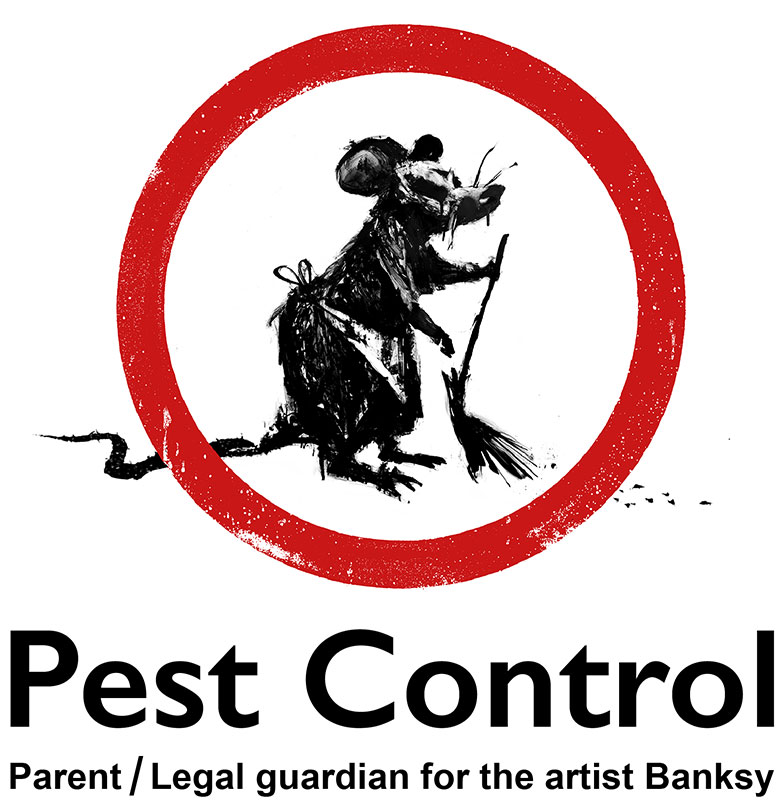Portland Exterminators A1 for Bed Bugs - Relied On Regional Experts
Portland Exterminators A1 for Bed Bugs - Relied On Regional Experts
Blog Article
Effective Pest Control Providers: An Extensive Appearance at Extermination Techniques and Prevention Steps
In the world of parasite control solutions, the effective management of infestations calls for a meticulous method that incorporates numerous strategies and measures for both elimination and prevention. From Integrated Pest Monitoring (IPM) techniques that focus on lasting solutions to chemical elimination techniques made for targeted removal, the collection versus bugs is large and complex. Biological control techniques and physical avoidance procedures offer different courses to successfully combating undesirable intruders. However, the key to an extensive pest control strategy lies not simply in the strategies themselves, however likewise in the meticulous specialist assessment treatments that come before and notify them. By understanding the complexities of each method and how they interaction, one can absolutely realize the complexity and performance of modern-day parasite control solutions.

Integrated Bug Monitoring (IPM) Methods
Integrated Pest Monitoring (IPM) Approaches encompass a detailed approach to pest control that concentrates on monitoring, control, and avoidance methods to effectively handle parasite populations. By integrating various techniques, IPM aims to reduce the impact of insects while likewise decreasing the dependence on chemical pesticides. Avoidance exists at the core of IPM, highlighting methods like appropriate hygiene, maintenance of hygiene, and sealing access indicate hinder pests from infesting buildings. Monitoring plays an important role in IPM by routinely evaluating and identifying parasite levels to determine the appropriate treatment limits. Control methods in IPM focus on the usage of physical, organic, and social strategies prior to transforming to chemical treatments as a last option. These techniques consist of introducing natural predators, habitat modification, and using capturing devices to keep parasite populaces in check. Overall, IPM fosters a lasting and ecologically aware strategy to pest management, advertising long-term options that secure both human health and wellness and the environment.
Chemical Extermination Techniques
Chemical extermination methods are generally employed in insect control solutions to effectively remove pest populaces that pose a danger to human wellness and residential or commercial property. These techniques include making use of various chemical substances particularly designed to target and get rid of parasites such as insects, rodents, and various other unwanted creatures. The application of chemicals, pesticides, rodenticides, and various other chemical representatives is carefully controlled to guarantee maximum efficiency while reducing dangers to people, pet dogs, and the atmosphere.
One of the key benefits of chemical extermination techniques is their ability to supply quick and targeted outcomes, making them especially beneficial in cases of serious infestations or urgent pest control needs - portland exterminators a1 for bed bugs. Nevertheless, it is vital to stress the value of proper handling, application, and disposal of these chemical items to avoid unintentional injury
Furthermore, incorporated pest administration (IPM) strategies typically incorporate chemical elimination techniques with other techniques such as sanitation, habitat modification, and organic controls to produce a sustainable and detailed insect control strategy. By integrating chemical extermination techniques sensibly within an IPM framework, parasite control solutions can properly handle bug populations while reducing possible threats to human health and the atmosphere.
Biological Pest Control Approaches
Employing all-natural predators and parasites to handle parasite populaces a1 pest control in portland oregon bed bugs is a sustainable approach recognized as biological pest control. This strategy takes advantage of the all-natural devices of the ecological community to manage bug populaces without relying upon artificial chemicals. One common biological control technique involves introducing all-natural adversaries of the target pest species, such as ladybugs for aphid control or nematodes for termite invasions. These all-natural predators eat the insects, assisting to maintain their populations in check.
Another efficient biological control method is using microbial pesticides. These are naturally happening microorganisms, such as viruses, fungis, and bacteria, that especially target and contaminate particular bug types. By utilizing these microbial representatives, pest populations can be efficiently decreased without damaging beneficial organisms or creating damage to the setting.
Physical Pest Prevention Procedures
Applying physical parasite avoidance procedures entails utilizing obstacles and structural modifications to prevent insects from getting in or infesting a home. Setting up door sweeps, displays on windows, and sealing splits in the structure can assist protect against pests like insects and rats from getting access indoors.
One more physical avoidance step is the use of obstacles like fence to keep larger pests such as raccoons or deer away from the property. By applying these physical bug prevention steps, property owners can considerably reduce the danger of insect problems and the damages they can create.
Professional Bug Assessment Procedures
Carrying out systematic and complete insect examinations is a basic aspect of expert pest monitoring procedures. Expert insect examiners are trained to diligently examine residential or commercial properties for indicators of invasions, determining pest varieties, access points, and helpful conditions. The inspection procedure usually begins with a comprehensive assessment of both the exterior and interior of the premises. This includes checking for insect droppings, gnaw marks, nests, and any structural damage that might indicate pest task. Additionally, inspectors might make use of customized tools such as moisture meters and borescopes to identify hidden invasions within walls or crawl spaces.

Verdict
Finally, reliable bug control solutions employ a selection of strategies, including Integrated Parasite Monitoring strategies, chemical elimination approaches, organic controls, and physical avoidance steps. Professional parasite inspection treatments play a crucial role in recognizing and dealing with pest concerns in a prompt way. By applying a combination of these approaches, residential or commercial property proprietors can successfully avoid and manage pest problems.
From Integrated Bug Monitoring (IPM) approaches that focus on sustainable services to chemical elimination methods designed for targeted elimination, the arsenal against parasites is diverse and substantial.Integrated Parasite Monitoring (IPM) Methods include a comprehensive technique to pest control that concentrates on surveillance, prevention, and control methods to properly manage parasite populations.Chemical extermination strategies are generally employed in pest control solutions to properly eliminate pest populations that position a threat to human health and building.Employing all-natural killers and bloodsuckers to take care of pest populaces is a sustainable approach recognized as biological parasite control.In conclusion, reliable pest control solutions utilize a range of techniques, including Integrated Parasite Management techniques, chemical extermination techniques, biological controls, and physical prevention procedures.
Report this page